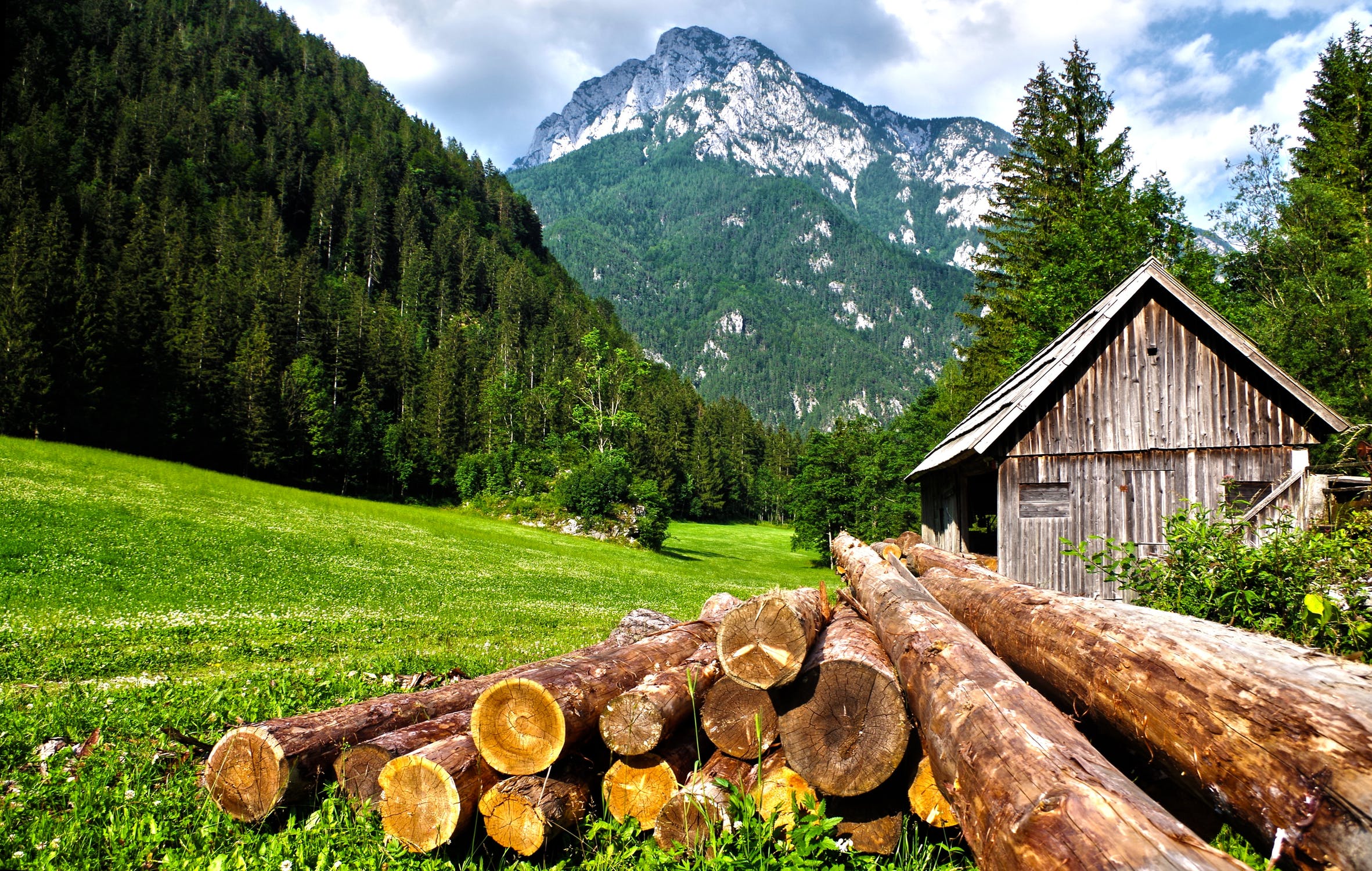Utah, a doubly landlocked U.S. state, is known for its majestic ‘Mighty Five’ National Parks and mesmerizing scenic drives.
You have the urban lifestyle along the metropolitan Wasatch Front, holding nearly 85% of Utah’s population. While the state also boasts 11 million acres of farmlands.
Whether you are an urban farming enterprise in Salt Lake City or work with livestock storage inventory in Syracuse, you will require storage spaces. You might have to store heavy machinery or beef, which accounts for 20.6% of all raw agricultural sales. In Utah pole barns are considered as the practical solution for farming or any other storage concerns.
The engineers here use Utah pole barns as post framing in open space houses. Here are a few design considerations for building pole architecture to harness the desired functionality of the pole barn that you can ever imagine.
Weather Conditions
The western edge of the Wasatch Range receives heavy snowfall and rainfall. Cities like Ogden experience humid months, with humidity rising to 65%. Whereas, areas like the Great Salt Lake, have less moisture, owing to high salinity.
While building a pole barn, consider weather conditions like snowfall, wind, temperatures, and humidity. Rest assured, they will be beneficial for your storage purposes all round the year.
Site Location
With the magnificent Rocky Mountains in the north and deep-river canyons in the southern two-thirds of Utah, the Beehive State has a diverse topography.
If you have your site location on a hill, your pole barn will require extra roofing support to withstand the wind and heavy snow.
While deciding the place, assess the soil type, to ensure your pole building has a strong foundation.
The Right Size
Traditionally, in Utah, pole barns have found applications in the agricultural industry, with the Beehive State ranking among the top 10 for apricots.
Today Utahns use pole buildings for garages and even houses.
How you wish to store and manage your inventory, with efficient traffic paths throughout the facility, determines the size of the pole barn. For instance, livestock storage will require space for animal stalls, demanding a long pole building.
Material
In Utah, you will find the majority of pole barns made of wood.
Of late, Utahns are shifting towards steel for pole barn construction. Builders here use steel from recycled material, making the pole structure eco-friendly.
They also recommend other durable metals for roofing and the sides of the pole building.
Usage
The purpose of constructing a pole barn determines the flooring and insulation requirements.
It is best to consider the future use of the building. For instance, you might use a pole barn for livestock storage in Utah, where meat sales, particularly beef and pork, contribute nearly $600 million. In the future, the building may change the function from being a barn to a workshop.
A smart plan and superior engineering techniques can help you make useful modifications in the later years, and that too inexpensive!
There is a 63% increase in the number of certified organic operations in urban areas. Also, there is a 7.3% expansion in orchard land, with Utah ranking #2 in the nation for tart cherry production. No matter where you reside, considering all the crucial aspects can ensure an excellent pole barn structure that meets your storage requirements.

